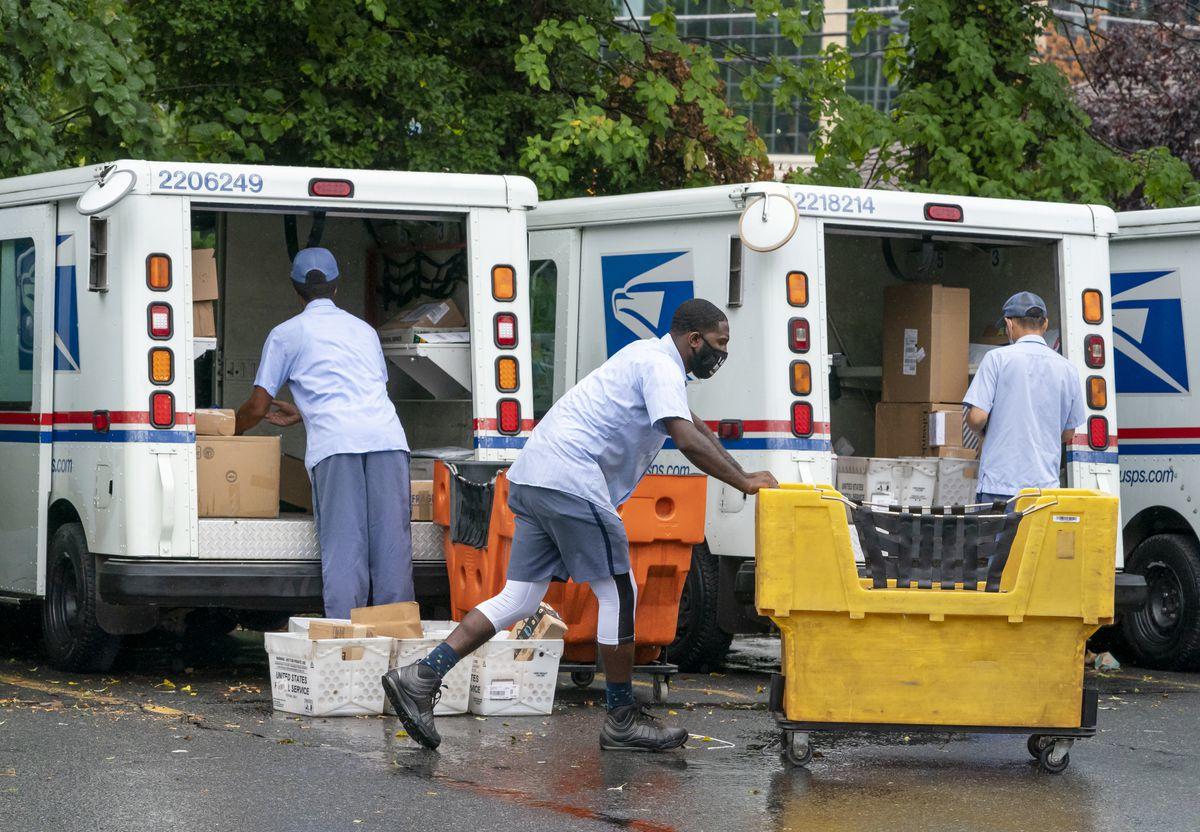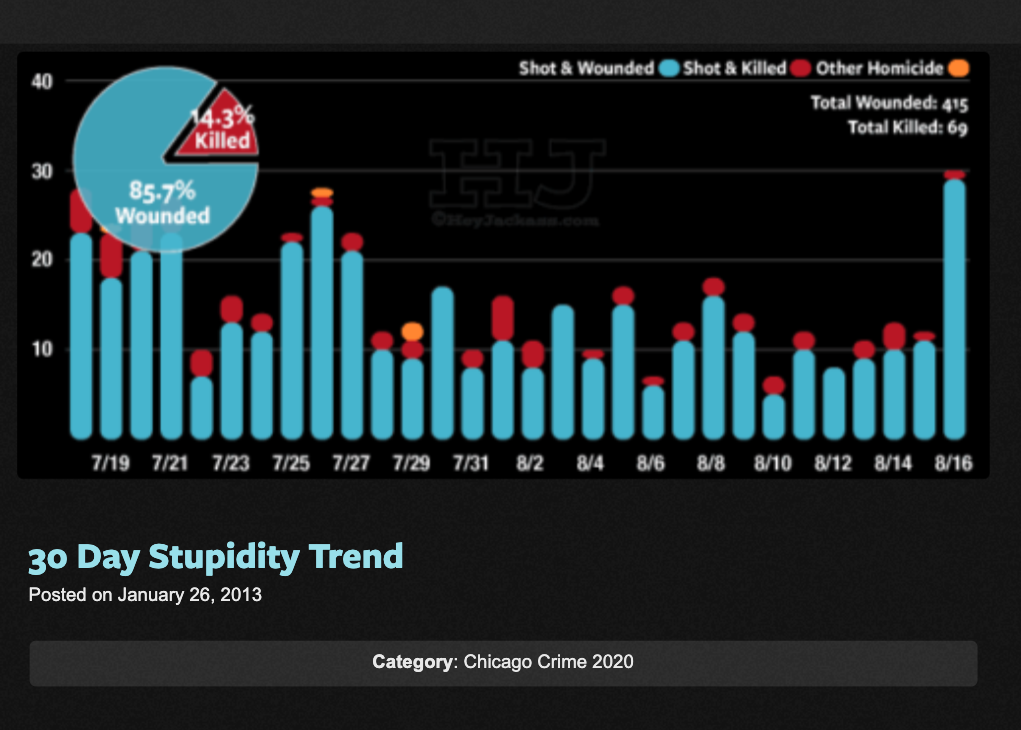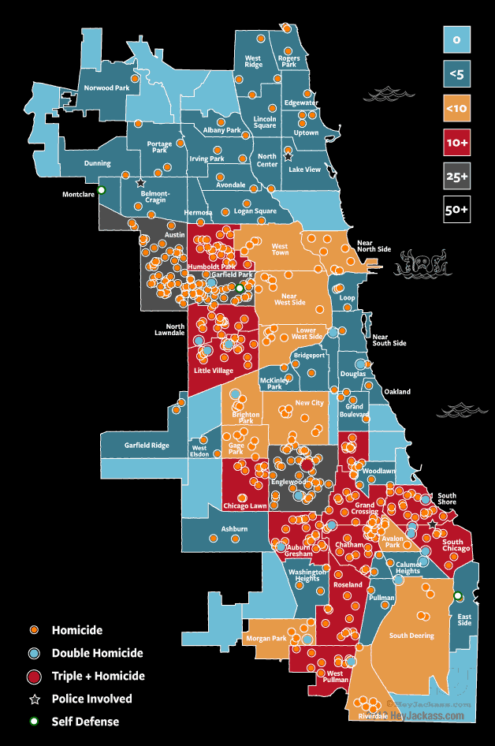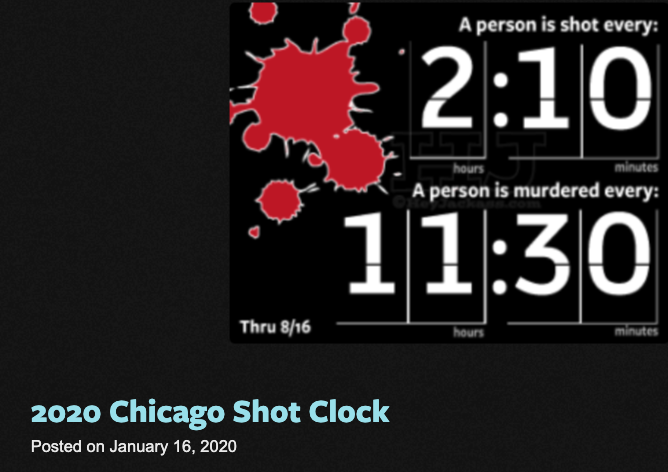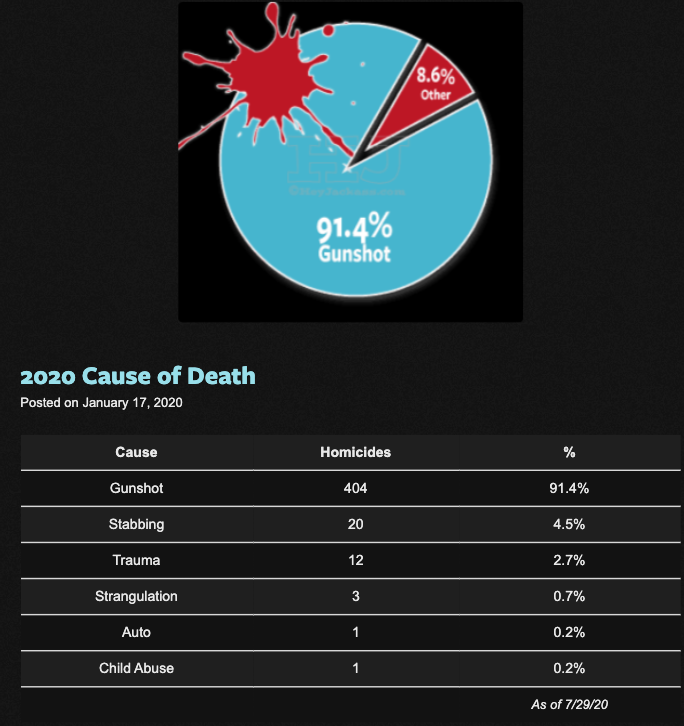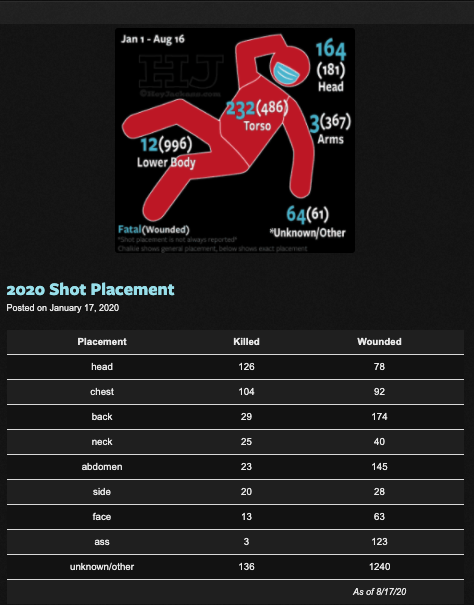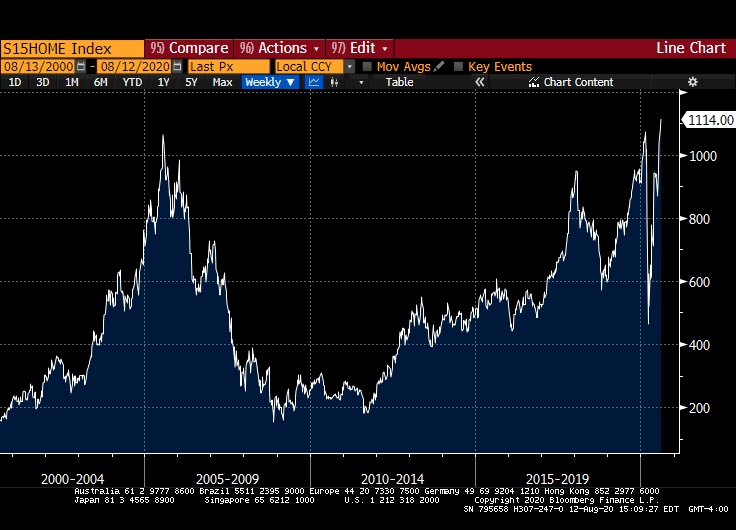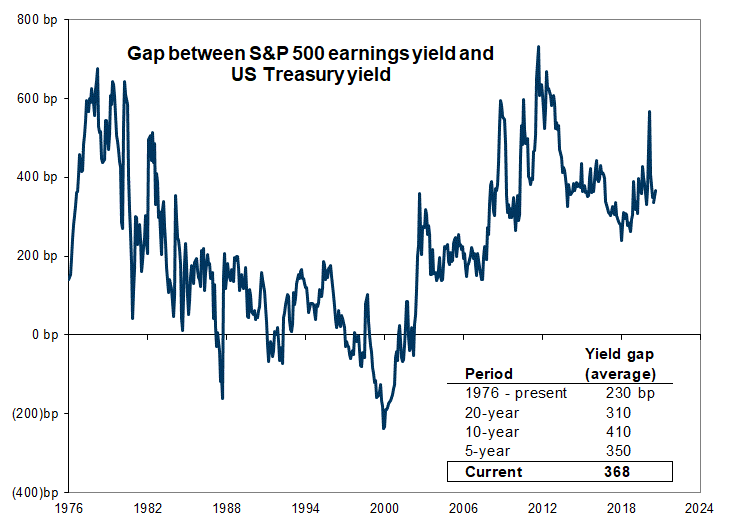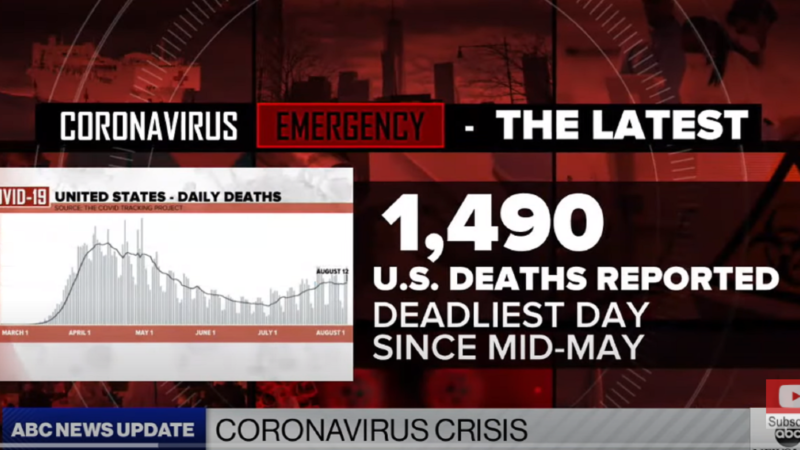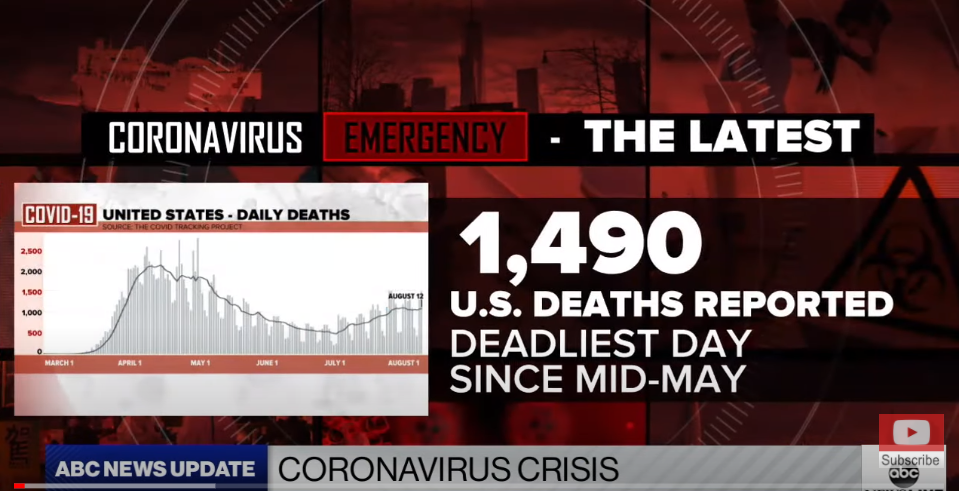Does The USPS Deserve More Funding?
Tyler Durden
Mon, 08/17/2020 – 17:50
Authored by Bruce Wilds via Advancing Time blog,
Sunday on Meet The Press the moderator touted United States Postal Service (USPS) as the most respected institution in America. He even went further claiming it has been for decades. He then went on to attack President Trump on a series of fronts. This includes what he claims is Trump’s politicizing the additional funding needed by the USPS because it supports the idea mail-in voting can be done in an efficient manner. This of course was immediately confirmed and expanded upon by those on the show. Yes, Trump is making an effort to discredit mail-in voting claiming the system risk widespread fraud but he is not alone in thinking mail-in voting is not the way to go or the USPS is badly in need of reform.
USPS Claims It Cannot Guarantee Mail-In Ballots
Anyone asking whether something is going on behind the scenes can imagine that The Washington Post owned by Amazon CEO Jeff Bezos is partially behind focusing the direction of this dust-up. The Government Accountability Office (GAO) has made it clear that neither one-time bailouts nor higher prices for mail will save the USPS. For over ten years the GAO has designated the USPS as “high-risk.” This term is used to describe an agency or department that is vulnerable to waste, mismanagement, and in need of reform. With this in mind, it has been noted that for years Amazon has been a big beneficiary of having its packages delivered at below cost in a deal hidden from the light of day. This has given it an unfair advantage over competitors and boosted Amazon into a major force while at the same time damaging and destroying businesses across the nation.
While I never assume those reading this article will agree, I would like to argue, as I have for years, the USPS needs a total makeover. It has become a bit of a dinosaur and it is time to rethink its mission. To be clear, I’m not claiming the USPS has not changed over the years. It has evolved into something far different than originally planned but in recent years it has not changed fast enough. For example, in 1917 the USPS outlawed the mailing of people, this was several years after a young child was mailed from her parents to her grandparents in Idaho. While that was a good move, changes to accommodate the lessening importance of first-class mail is lagging.
Some Efforts to Deliver Mail Cost To Much
It may be hard for some people to believe but since, “legally, the postal service has to deliver mail to all Americans” some of their efforts seem a bit much. The USPS uses mule trains to deliver about 4000 pounds of mail, food, supplies, and furniture to an Indian village of 208 people at the bottom of the Grand Canyon. Because some of the mail is perishable, the post office where this route originates has walk-in freezers. The USPS also employs a 45-foot mail boat to deliver mail to passing ships sailing on the Detroit River. This isn’t the only place where people receive their mail by boat. In Alabama’s Magnolia River, 176 homes on the 31-mile route receive their deliveries from a boat that pulls right up to fixed mailboxes on their docks.
To be clear, the USPS is huge and it is also a money-losing entity and has been for years. In 2015 it had 617,254 active employees and today it is the operator of the largest civilian vehicle fleet in the world. The United States Postal Service delivers to every address in America, from the biggest cities to the smallest hamlets. Many Americans see it as a vital part of the nation’s critical infrastructure. On its website, it highlights the size and scope of its operations. This includes such things as the number of retail post offices, the number of people it employs, and even the quantity of tires it purchased last year. A statistic that is often overlooked is that almost 100% of these active and retired postal workers are also voters, this results in a great deal of political pandering.
In an article published by Reason, Eric Boehm reports the USPS has lost $78billion since 2007. Because the pandemic has crushed mail volume it may lose as much as $13 billion this year. When looking at these figures it is easy to see their business model is “not financially sustainable,” a government audit has concluded. This is why the GAO has called on Congress to reevaluate all aspects of the Postal Service’s operations. To be clear, this is an institution that cannot even bring itself to drop Saturday delivery. With this in mind, how can we expect it to look at more radical changes? Still, in March, Congress extended a $10 billion line of credit to the USPS as part of the Coronavirus Aid, Relief, and Economic Security Act (CARES Act).
Over time the situation at the USPS has worsened due to declining mail volume, increased employee compensation and benefit costs, and increased unfunded liabilities and debt. A good indicator of the Postal Service’s structural problems is that even as the amount of First Class mail it delivers has declined by 44 percent since 2006, the number of postal workers has grown. Another concern is the growing shortfall in funds to pay for pensions and other benefits for retired workers.
At the end of 2019, the pension fund had $50 billion in unfunded liabilities. Now the fund that covers health care expenses for retired postal workers is facing a $69 billion unfunded liability.
House Democrats are now seeking a $25 billion Postal Service bailout in the so-called “phase four” stimulus bill lawmakers are currently negotiating.
While some people don’t see this as a huge amount of money, it is.
This constitutes $75 for every man woman and child in a country where many people don’t even bother to go to their mailbox for weeks at a time because all they get is junk mail. Still, for old widow Jones who looks forward to Fred dropping off her mail six days a week, a few dollars more is a small price to pay to keep this inefficient dinosaur afloat.
via ZeroHedge News https://ift.tt/2Q4Ghzu Tyler Durden
